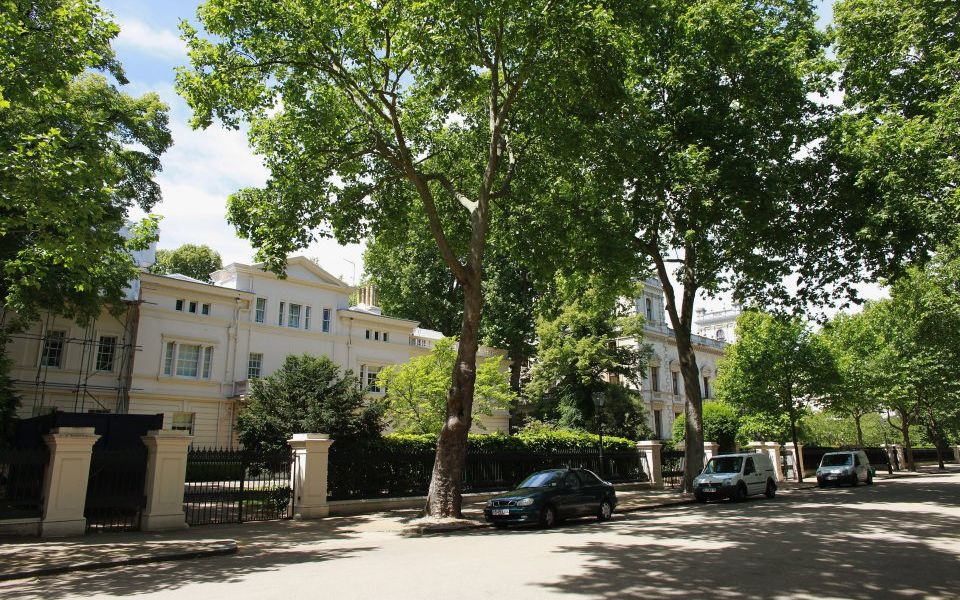Prime central London house price growth to stay flat until 2021, thanks to stamp duty and Brexit

Homeowners hoping to see a recovery in London’s high-end housing market may find themselves waiting a little longer, according to new Savills analysis that suggests growth will not return to the capital’s most expensive properties until 2021.
Brexit uncertainty and a newly proposed stamp duty surcharge on foreigners is likely to “temper recovery”, with Savills forecasting an overall five per cent drop in prime Central London prices by the end of this year.
According to Savills, price growth will be put “on pause for the next two years” until Brexit negotiations are fully completed.
The predictions underline recent evidence that London's more expensive properties have endured a slowdown in recent months, with housebuilder Telford Homes yesterday saying that buyers looking for houses above £600,000 were taking a "wait and see" approach in the run-up to Britain leaving the EU.
Yet despite the projected short-term value drop in the capital’s prime locations, the new five-year forecast also predicts prices to bounce back by in two years' time.
In prime central London Savills are predicting house prices will climb six per cent in 2021, with a 12.4 per cent overall rise in prices between 2019 and 2023.
Read more: Surveyors forecast fall in house prices as house buyers decline
“Historically, any recovery in the prime housing markets has been sparked in central London, with a strong bounce in values, with double digit annual growth not unusual,” according to Lucian Cook, Savills head of residential research.
“The catalyst has often been a currency advantage, though prime central London residential property also has to look identifiably good value on a world stage. This time around we’ll also need a backdrop of greater certainty, which we expect by the end of 2020, clearing the way for values to rise.
“However, a number of constraints – rising borrowing costs, increased taxation, higher investment returns on competing assets and a general election in 2022 – point to a slower rate of recovery than in previous cycles.”